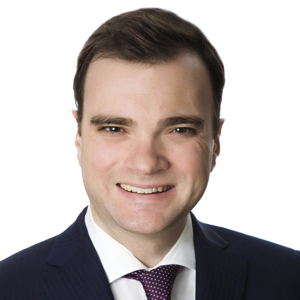The October nonfarm payrolls report showed a distinctly moderating trend in job growth. Headline employment came in at +150k, below consensus of +180k, and down considerably from +297k in September. Importantly, this is the second lowest monthly payroll gain since the start of the pandemic recovery, which should give the Fed confidence that policy has now reached a sufficiently restrictive stance (consistent with our base case that they are done hiking).
Against this backdrop, we maintain our forecast for no more Fed hikes this year and three Fed rate cuts by the end of next year despite inflation remaining above-target, as well as our 10-year UST target of 4.75% this year and 4.25% next year.
However, let’s not get overly optimistic that everything is working right. As wage growth remained robust on a YoY basis, the participation rate actually fell to 62.7% from 62.8% last month, and the UAW strike made this month’s headline number look weaker than it really was. Finally, today’s report has put major downward pressure on the USD, which is driving commodity prices up (i.e., for every action, there is an important reaction function that must also be considered). Said differently, we think there is still room for markets to be surprised by the resilience of U.S. growth and inflation. So, our message is to remain short to flat duration on a tactical basis but narrow the bet around our targets.
Bottom-line: We think today’s report is bullish equities and bonds; it is similarly constructive for oil. By comparison, it is likely negative for the dollar. Overall, we think that risk markets still grind higher for the next few years. The bear market ended in October 2022, and while we see GDP slowing in 2024, we do not see any signs of a deep recession. Maybe more importantly, we actually think that corporate earnings already bottomed in 2Q23.
EXHIBIT 1: JOB GAINS ARE SLOWING, BUT NON-CYCLICAL SECTORS LIKE EDUCATION AND HEALTHCARE ARE STILL GROWING AT A HEALTHY PACE









